Easily among the Holy Week traditions some remember the most is Visita Iglesia. Whether spurred on by the promise of getting a free wish if you’ve visited a church you’ve never been to before (as my Dad often told me) or simply for the sheer enjoyment of the journey, this Holy Week tradition continues to endure.
For those looking to pass on the tradition to a new group or their own young family, here’s everything you need to know about it.
History
Visita Iglesia, as the name suggests means "church visiting." This Roman Catholic tradition requires those undertaking it to visit at least seven churches to pray and reflect on the Stations of the Cross. This practice, typically done on Holy Thursday after the Mass of the Last Supper is celebrated at the main altar, allows believers to deepen their faith and commemorate Jesus' sacrifice.
To symbolize the Passion and Death of Christ, the altar is stripped of its cloth and the Sacred Host is removed from the tabernacle and transferred amid a ceremonious procession to a side altar called the “Monumento.” Churches remain open all of Holy Thursday night and Good Friday morning to allow the faithful to visit at least seven churches before the Good Friday rituals.
Visita Iglesia typically involves walking from church to church, however, some may opt to drive if the churches they plan to visit are further away. The more pious and able can even double the number of churches to fourteen. At each church, devotees typically pray two Stations of the Cross per venue. An offering is sometimes made at each church and to the poor as a form of almsgiving.
Suggested churches
The real pleasure of Visita Iglesia is determining your own itinerary as there are more than enough Churches within Metro Manila and nearby areas to do this. Some may opt to simply visit the churches of one particular city. Others may opt to go across multiple cities if they’re so inclined. So here are a few suggestions for churches worth visiting.

Church of the Gesù
The Church of the Gesù is situated inside the Ateneo de Manila University campus in Katipunan, Quezon City. This modern church boasts of a massive triangular structure that symbolizes the Holy Trinity, as well as the three-fold mission and vision of the school. Its shape and design are also meant to suggest the outstretched arms of the Sacred Heart, and the traditional Filipino bahay kubo. It’s quite a sight and worth the special trip. Bear in mind that you may have to surrender a license at the campus gate before entering.
Santa Maria della Strada Parish
The Santa Maria della Strada Parish is along the northern strip of Katipunan Avenue, in Quezon City. Built in 1983, it’s named after Our Lady of the Way (Maria della Strada), the patroness of St. Ignatius of Loyola (Iñigo López de Loyola, 1491-1556) and the Society of Jesus / Jesuits. The church structure is octagonal is shape, in order to make use of the natural light and air flow of tropical architecture. Its entrance and altar face northwest in order to capture the last rays of the setting sun.
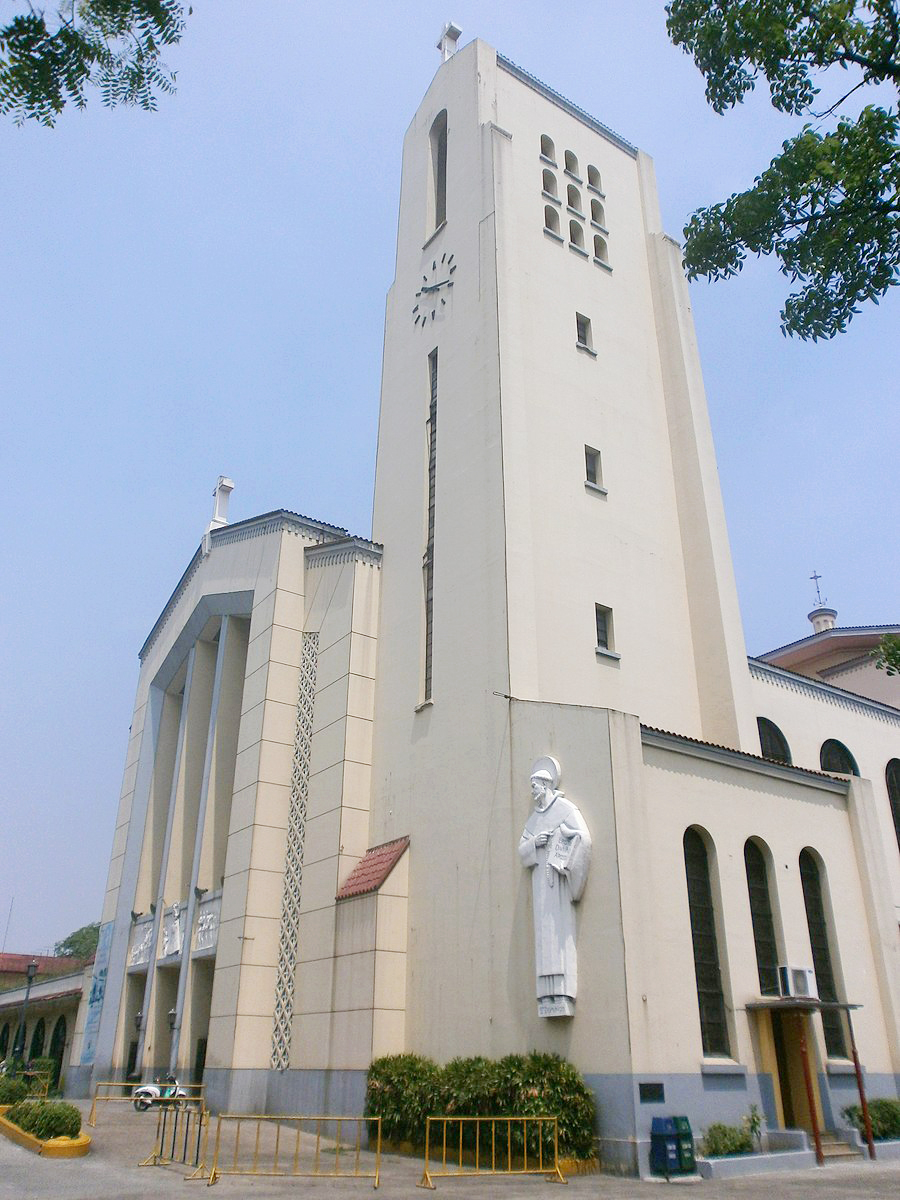
Santo Domingo Church
Santo Domingo Church is located along Quezon Avenue in Quezon City. The church complex serves as the headquarters of the Dominican Order of the Philippines. Originally located in Intramuros in the city of Manila, the church was transferred to its present location in Quezon City after World War II. It’s built in Art Deco combined with Spanish Modern style in the 1950s. The Mission-style architecture includes Romanesque and Gothic designs to accommodate more space.
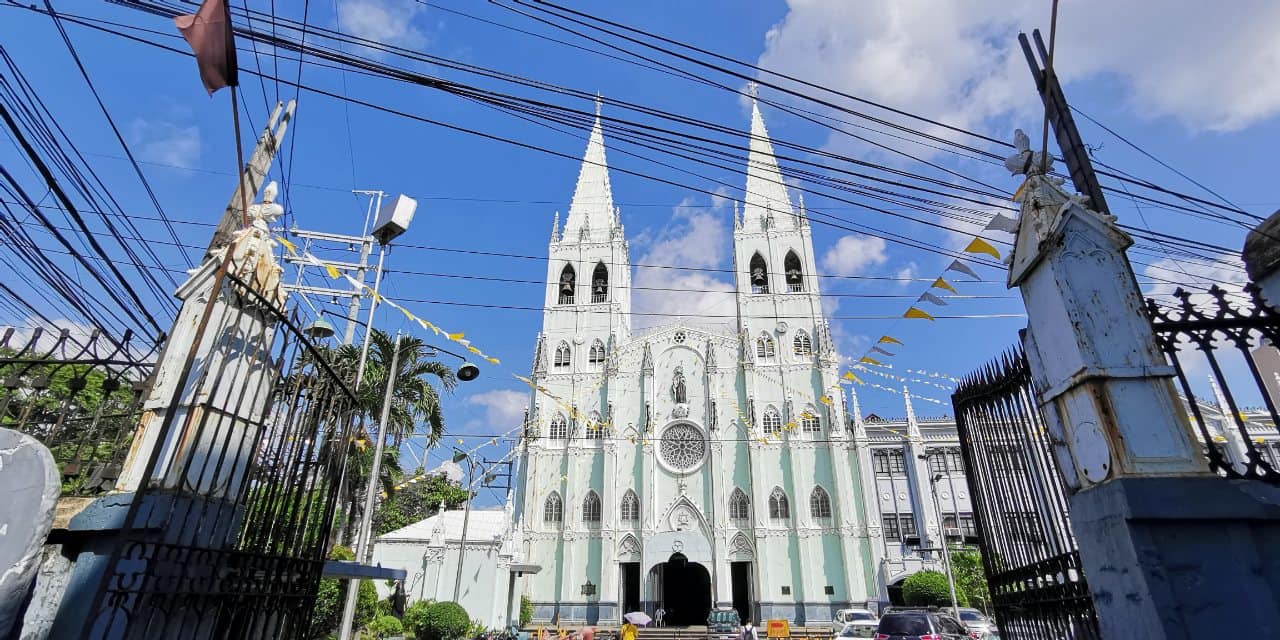
San Sebastian Church
The Minor Basilica and Parish of San Sebastian, typically just called commonly San Sebastian Church, is located at Plaza del Carmen, near the eastern end of Recto Avenue, in Quiapo, Manila. This unique structure is the only steel building church in the Philippines, and is an excellent example of the Gothic Revival architecture. One of its most notable features are its stained glass windows depicting religious scenes.
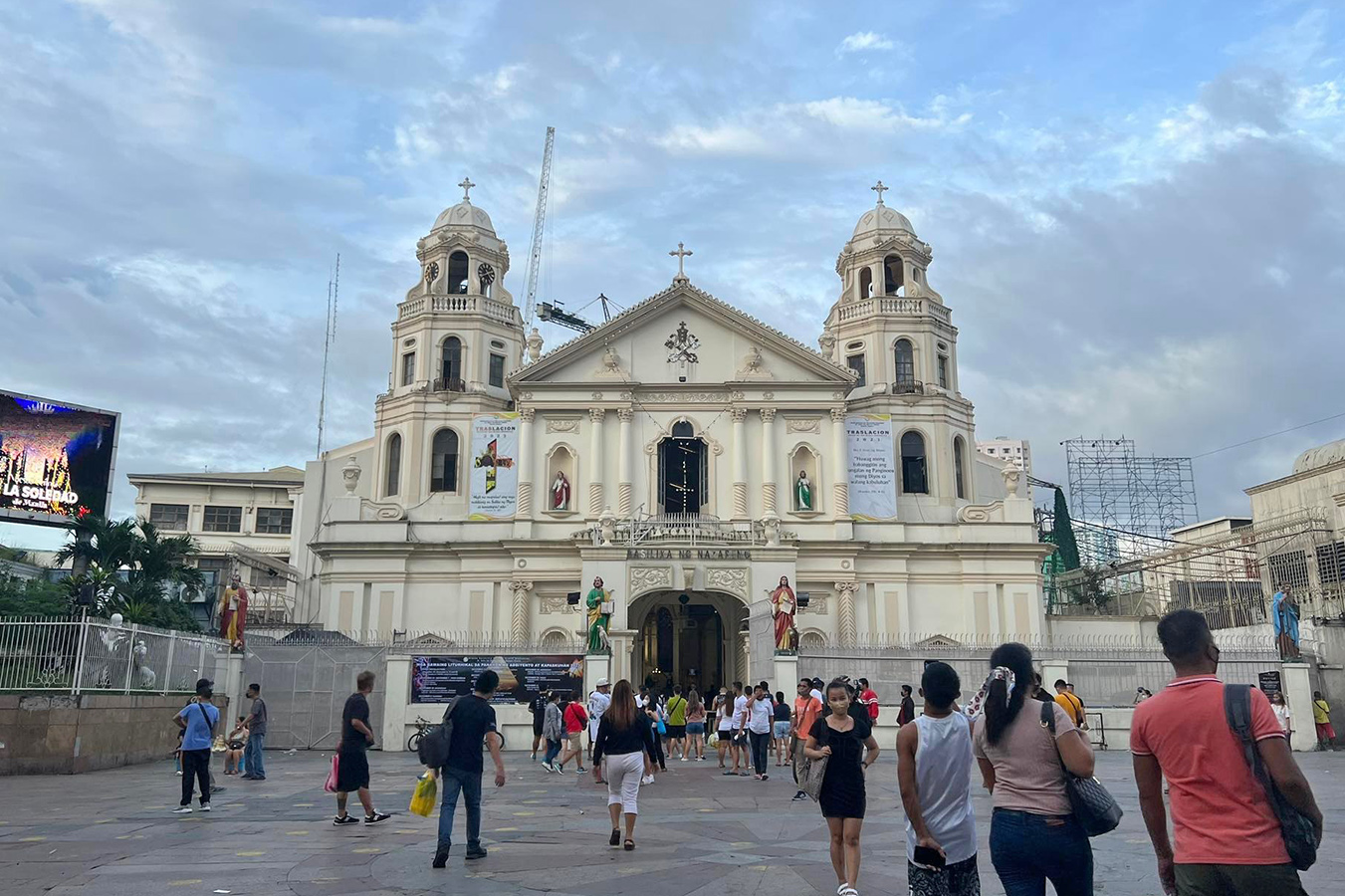
Quiapo Church
Its full name is the Minor Basilica and National Shrine of Jesus Nazareno, but most know it simply as Quiapo Church. It is located in the district of Quiapo in the city of Manila. It is the home of the Jesus Nazareno, a dark statue of Jesus Christ carved from dark wood said to be miraculous. It is built in the Baroque style however several additions have been made in the past centuries. the façade, dome, transept, and apse retain the classic design.
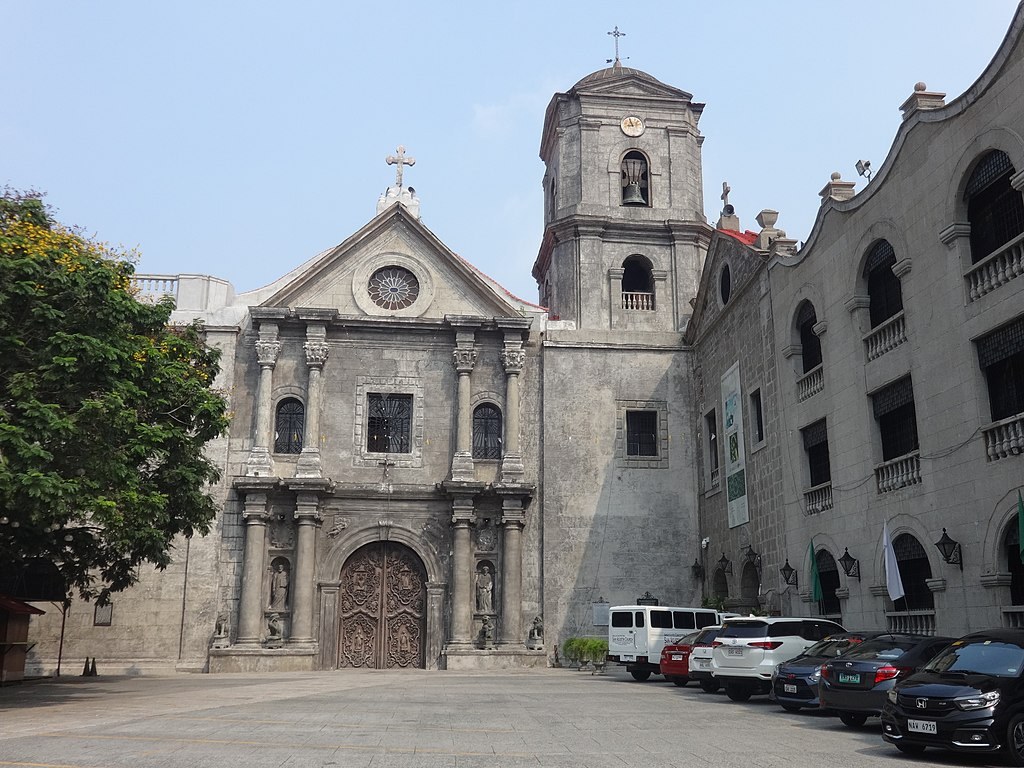
San Agustin Church
Called the Church of Saint Augustine and Immaculate Conception Parish, this site is located inside the walled city of Intramuros in Manila. San Agustin Church is patterned after some of the magnificent temples built by the Augustinians in Mexico. The present edifice was built in 1587, and completed, together with the monastery, in 1604. The medieval atmosphere offers a glimpse into the majesty and equilibrium of a Spanish colonial era.
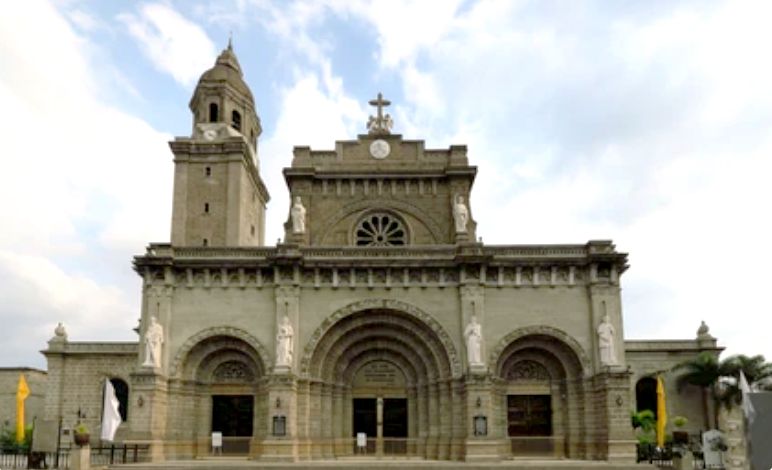
Manila Cathedral
The Minor Basilica and Metropolitan Cathedral of the Immaculate Conception, commonly known as the Manila Cathedral is also found within Intramuros in Manila. It was built in the Latin cross (cruciform) layout. It has been destroyed and rebuilt seven times owing to wars, fires, and natural disasters. Its northwest façade is built in the Neo-Romanesque architecture style. Among its most striking features are its patinated dome, rib vaults and clerestory in its interior, and pipe organ and rose window.